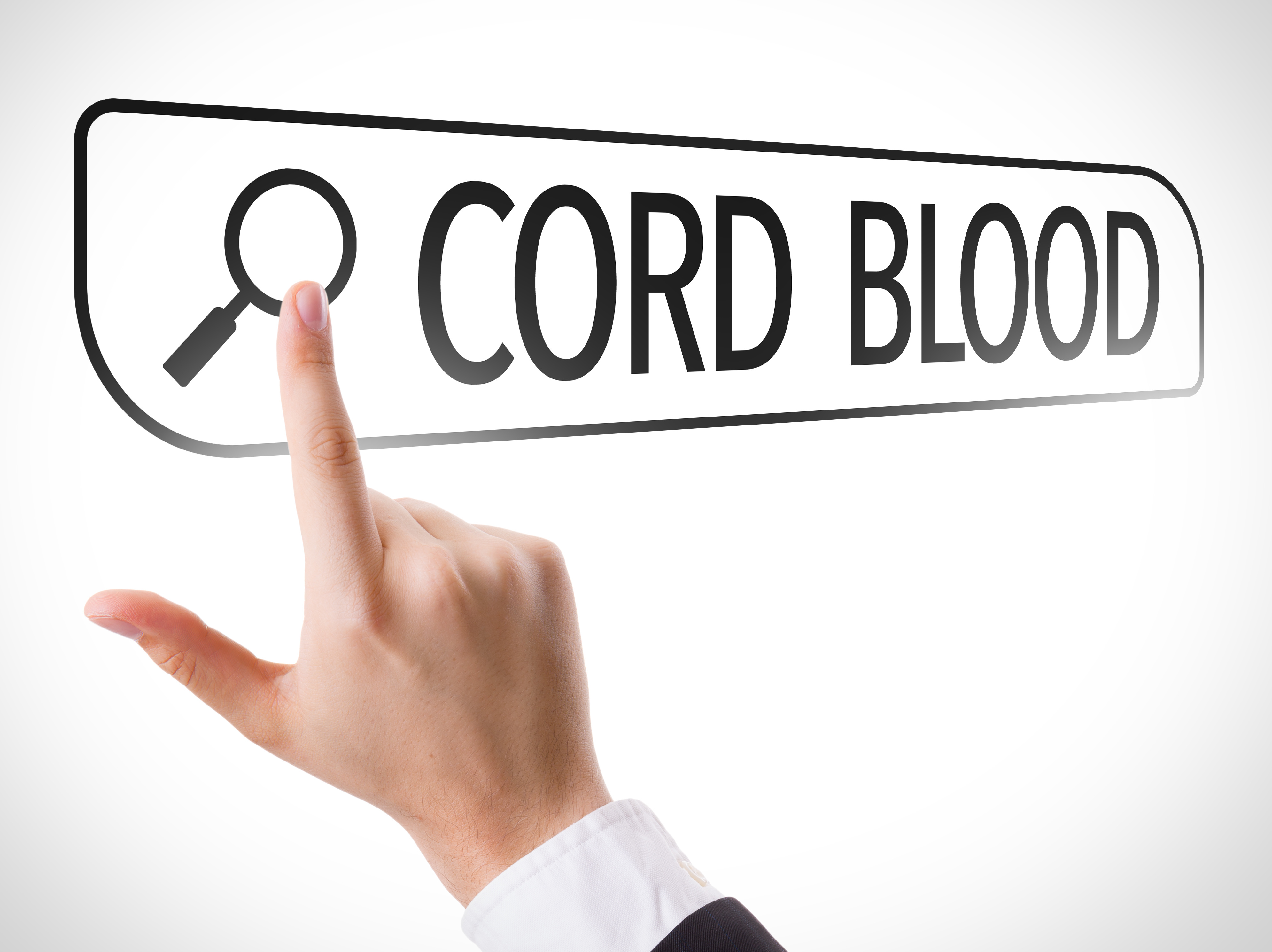“Cord blood can help treat nearly 80 different conditions — including certain cancers, blood disorders, and more. Plus cord blood is currently being used in clinical trials like autism and cerbral palsy.”
ViaCord (from PerkinElmer)
“Cord blood can help treat nearly 80 different conditions — including certain cancers, blood disorders, and more. Plus cord blood is currently being used in clinical trials like autism and cerbral palsy.”
ViaCord (from PerkinElmer)
The Office of Disease Prevention and Health Promotion designates specific National Health Observances (NHO) dedicated to raising awareness about important health topics. Towards this goal, July has been declared “Cord Blood Awareness Month.” Although people benefit from cord blood banking every day, this NHO provides a special opportunity to highlight the significant contributions made through stem cell research, trials, and treatment.
Stem cells are at the forefront of one of the most fascinating and revolutionary areas of biology today. To date, there are more than 80 diseases being treated with umbilical cord blood and tissue. The list of diseases that are treatable with cord blood include stem cell disorders, acute and chronic forms of leukemia, myeloproliferative disorders, and many more.
With a very promising future, clinical trials using cord blood stem cells are being conducted for neurological, cardiovascular, and auto-immune disorders. Some of the common diseases that have clinical trials in Phase 1 and Phase 2 include autism, cerebral palsy, and diabetes. There are also promising clinical trials for acquired hearing loss, pre-/peri-natal stroke, and traumatic brain injury.

Cord blood banking provides a simple process of safely and securely storing the blood within your child’s umbilical cord, as well as the tissue from the cord itself. Parents have the option of banking their baby’s cord blood with a public cord blood bank or a private cord blood bank.
Public cord blood banking is free and will provide life-saving benefits to a family in need. Once you donate your cord blood, however, you no longer have rights to those stem cells. If your child or family member is in need of cord blood stem cells, there is no guarantee that you or children can use their own cells. With private cord blood banking, there are fees but you own the cells. Your full rights to use it are preserved, and it is always immediately available to you.
One of the key benefits of using a private cord blood bank is the ability to provide a perfect match, since your child will be getting their own cells. Cord blood banking is especially vital for minorities and those of mixed race, where matching can be difficult using other stem cells from bone marrow or circulatory blood. Certain diseases also either depend upon, or greatly benefit from, using your own (autologous) cells. Luckily, it is easy to bank umbilical cord blood with New England Cord Blood Bank during Cord Blood Awareness Month and all year round.
“Doctors diagnose hemochromatosis based on blood tests to check levels of iron and certain proteins in the blood and to check for gene mutations. Your doctor may recommend avoiding raw shellfish, avoiding iron and vitamin C supplements, and limiting alcohol. Treatment of hemochromatosis can improve symptoms and prevent complications.”
National Institute of Diabetes and Digestive and Kidney Diseases (NIH)
“Hemochromatosis is a metabolic disorder that affects over 1 million Americans.”
HEMACHROMATOSIS.org
“Cardiomyopathy refers to diseases of the heart muscle. These diseases have many causes, signs and symptoms as well as treatments. In most cases, cardiomyopathy causes the heart muscle to become enlarged, thick or rigid. In rare instances, diseased heart muscle tissue is replaced with scar tissue.”
American Heart Association
“The number of overweight or obese infants and young children (aged 0 to 5 years) increased from 32 million globally in 1990 to 41 million in 2016. In the WHO African Region alone the number of overweight or obese children increased from 4 to 9 million over the same period.
The vast majority of overweight or obese children live in developing countries, where the rate of increase has been more than 30% higher than that of developed countries.”
World Health Organization (WHO)
“Acute lower respiratory infections include pneumonia (infection of the lung alveoli), as well as infections affecting the airways such as acute bronchitis and bronchiolitis, influenza and whooping cough. They are a leading cause of illness and death in children and adults across the world. The importance of lower respiratory infections may be underestimated.”
European Lung Foundation – ELF
“Anyone can get MRSA; MRSA most often causes skin infections but can cause pneumonia (lung infection) & other infections. In 2017, VRE caused an estimated 54,500 infections among hospitalized patients and 5,400 estimated deaths in the United States. Whose most likely at risk for either MRSA or VRE? People who have been previously treated with antibiotics, including vancomycin, for long periods of time, people who are hospitalized, have undergone surgical procedures, or have medical devices inserted in their bodies (such as catheters), people with weakened immune systems.”
Centers of Disease Control and Prevention
“Newborns are at increased risk for GBS disease if their mother tests positive for the bacteria during pregnancy.In the United States, GBS bacteria are a leading cause of meningitis and bloodstream infections in a newborn’s first three months of life. For other age groups GBS bacteria may come and go in people’s bodies without symptoms.”
Centers for Disease Control and Prevention
“There are more than 70 types of sarcoma. Treatment for sarcoma varies depending on sarcoma type, location and other factors.”
MAYO CLINIC